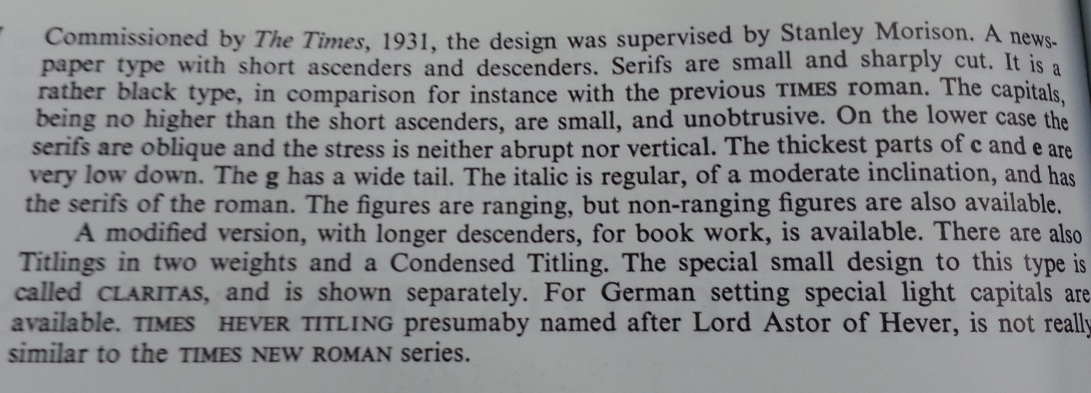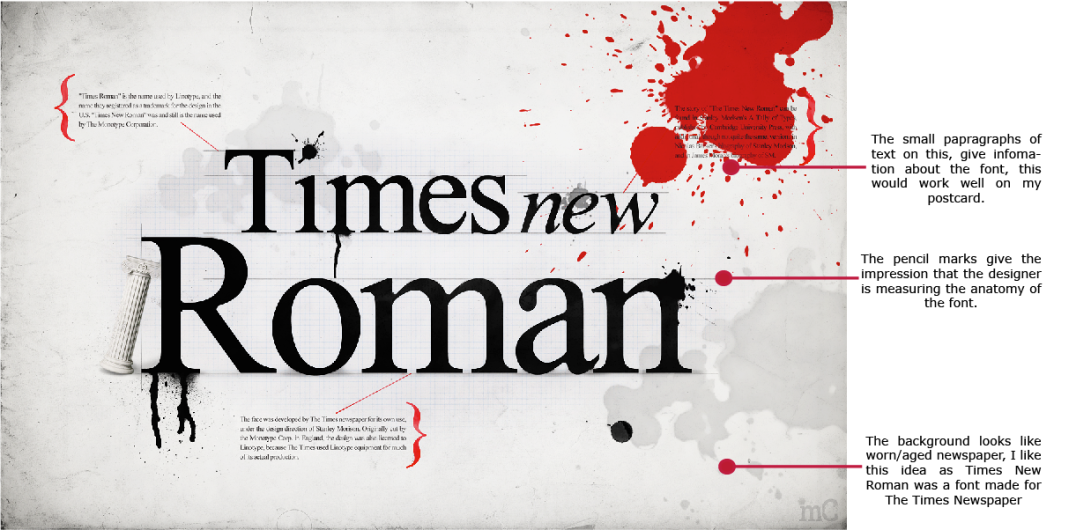‘You are to design TWO A5 postcards to promote the History of Type conference at St Bride.’
One of your postcards will be of a specific typeface. You will be allocated this. The aim of this postcard is to visually describe and highlight the characteristics, unique qualities and key aspects of the typeface. The reverse of this postcard should include a blurb of no more than 50 words that explains who designed this typeface, what was their reason for doing so and what special purposes this typeface fulfils (if you can find these things out).
The second postcard should describe in an interesting manner any aspect of the history of typography. This aspect is of you choice and can be very specific or more general. You may use found images but must credit/reference these on the reverse of the card. Also on the reverse of the card you must include a blurb of no more than 50 words describing why the aspect of type history that you have chosen is significant and important in the development of type.
Both cards must also include on the reverse the following text:
The History of Type Conference at St Bride Library
1st-3rd December 2013
Please note that this is a very short project and you must submit two fully finished postcards.


















